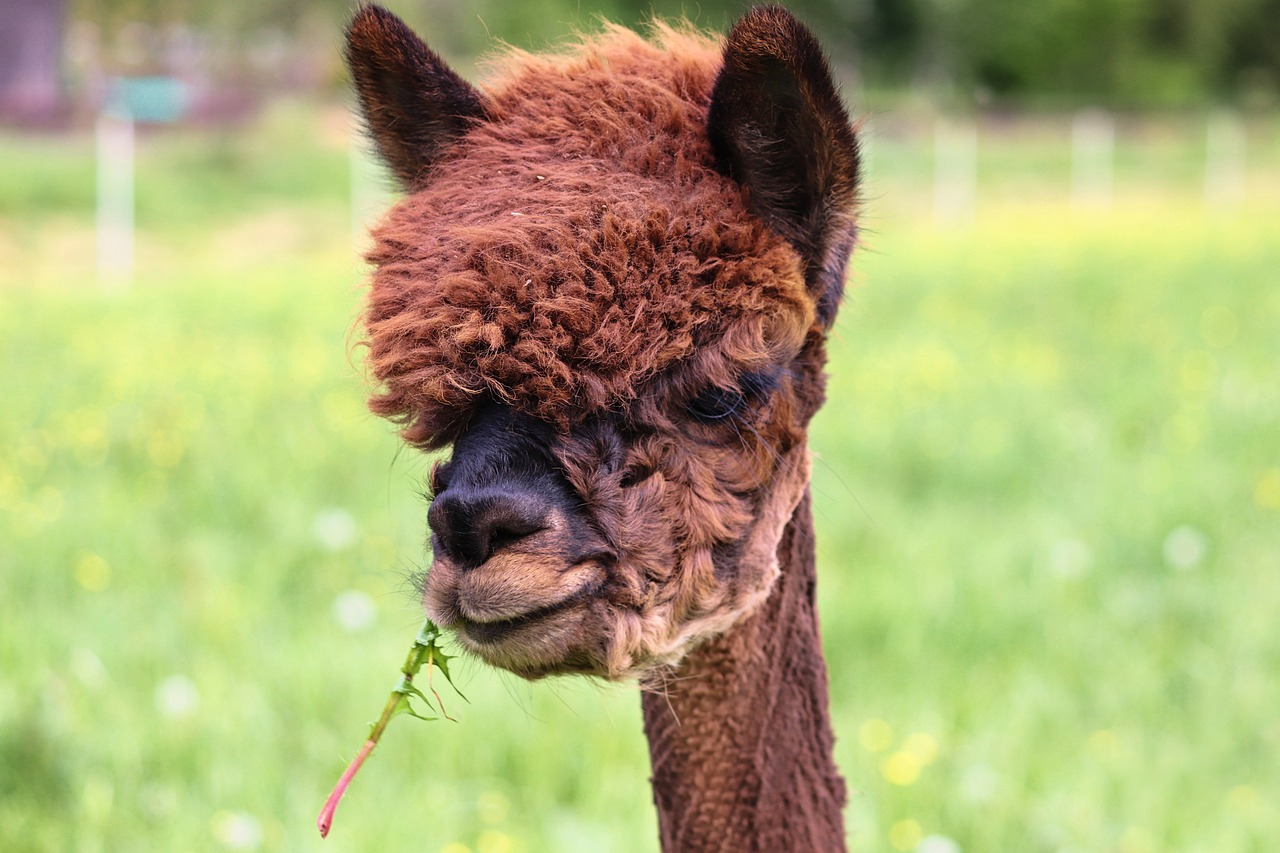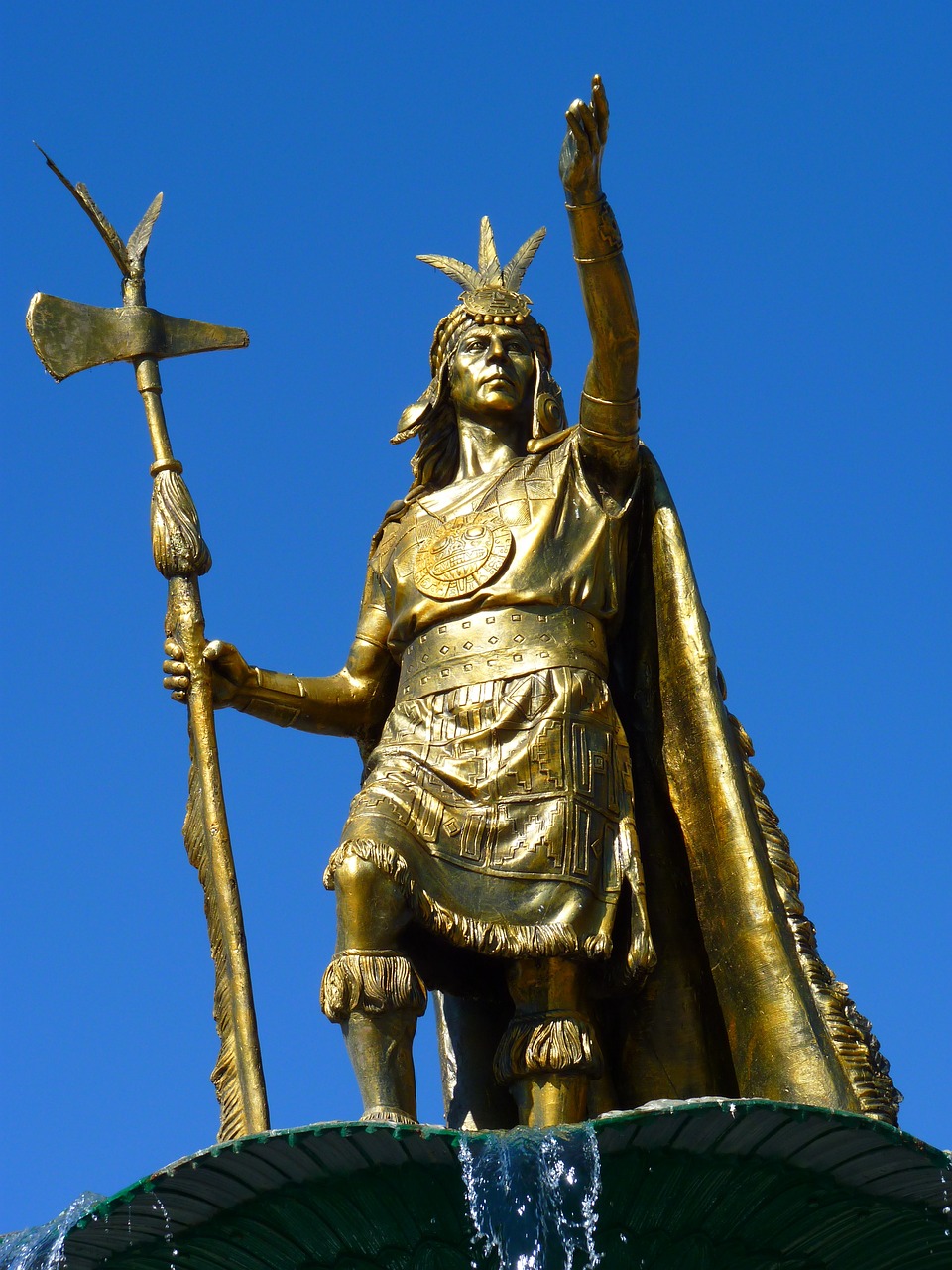Cultural Sensitivities: Understanding Local Norms in Peru
Peru, a country rich in history, traditions, and natural beauty, is a popular destination for travelers from around the world. To fully appreciate and enjoy your time in Peru, it is essential to understand and respect the local cultural sensitivities. This article aims to provide you with a comprehensive guide to understanding the norms and customs in Peru, ensuring a smooth and respectful experience during your visit.
Peruvian Greetings and Etiquette
Peruvians are known for their warm and friendly nature. When greeting someone in Peru, it is customary to shake hands, even when meeting for the first time. A firm handshake with direct eye contact is considered polite and respectful. It is also common for Peruvians to greet each other with a kiss on the cheek, especially among friends and family. However, it is important to wait for the other person to initiate this gesture.
- Respect Personal Space: Peruvians value personal space, so it is advisable to maintain a comfortable distance when engaging in conversations or interactions.
- Use Formal Titles: When addressing someone, especially in professional settings, it is customary to use formal titles like “Señor” (Mr.), “Señora” (Mrs.), or “Doctor” (Doctor) followed by their last name.
- Respect Elders: Peruvians hold great respect for their elders. It is important to show deference and use formal language when speaking to older individuals.
Peruvian Cuisine and Dining Etiquette
Peruvian cuisine is renowned for its diverse flavors and unique ingredients. When dining in Peru, it is essential to be aware of the local dining customs to fully immerse yourself in the culinary experience.
- Try Local Specialties: Peru is famous for dishes such as ceviche, lomo saltado, and anticuchos. Embrace the local cuisine and be open to trying new flavors and ingredients.
- Respect Meal Times: Lunch is the main meal of the day in Peru, typically served between 12 pm and 2 pm. Dinner is usually lighter and served later in the evening.
- Use Utensils: While it is common to eat with your hands for some traditional dishes, using utensils is the norm in most restaurants and formal settings.
Religious Customs and Practices
Religion plays a significant role in Peruvian culture, with the majority of the population identifying as Roman Catholic. Understanding and respecting religious customs and practices is crucial when visiting Peru.
- Dress Modestly: When visiting churches or religious sites, it is important to dress modestly and respectfully. Avoid wearing revealing clothing or shorts.
- Participate Respectfully: If attending religious ceremonies or events, observe and follow the lead of the locals. Avoid disruptive behavior and maintain a respectful demeanor.
- Ask Permission for Photography: Before taking pictures inside churches or during religious ceremonies, it is polite to seek permission from the appropriate authorities or individuals.
Traditional Festivals and Celebrations
Peru is known for its vibrant and colorful festivals that showcase the rich cultural heritage of the country. Participating in these festivities is a fantastic way to immerse yourself in Peruvian culture.
- Research Local Festivals: Before your trip, find out if any festivals or celebrations are taking place in the area you plan to visit. Participating in these events can provide a unique cultural experience.
- Respect Customs and Traditions: When attending festivals, respect the customs and traditions associated with each event. Follow the instructions of the organizers and be mindful of cultural sensitivities.
- Enjoy Local Music and Dance: Festivals in Peru often feature traditional music and dance performances. Embrace the opportunity to enjoy and appreciate the local art forms.
Peruvian Art and Craftsmanship
Peru is renowned for its exquisite art and craftsmanship, with a rich history of traditional techniques and designs. When purchasing souvenirs or visiting art galleries, it is important to support local artisans and respect their work.
- Buy from Artisan Markets: Artisan markets are a great place to find unique and authentic Peruvian crafts. Bargaining is common, but remember to negotiate respectfully and fairly.
- Ask about the Artistic Process: When purchasing artwork or crafts, engage with the artisans and ask about their techniques and inspirations. Showing genuine interest demonstrates respect for their work.
- Respect Intellectual Property: Avoid purchasing counterfeit or illegally reproduced art or crafts. Supporting genuine artists and respecting their intellectual property rights is essential.
Environmental Awareness
Peru boasts an incredible array of natural wonders, including the Amazon rainforest, the Andes Mountains, and the stunning coastline. It is crucial to be environmentally conscious and respectful of these fragile ecosystems.
- Follow Responsible Tourism Practices: When exploring Peru’s natural attractions, follow designated trails, respect wildlife, and avoid littering. Leave the environment as you found it to preserve its beauty for future generations.
- Support Sustainable Initiatives: Choose eco-friendly accommodations and tour operators that prioritize sustainability. Look for certifications such as Rainforest Alliance or sustainable tourism labels.
- Respect Local Wildlife: Observe animals from a safe distance and avoid touching, feeding, or disturbing them. Remember that you are a guest in their natural habitat.
Peruvian Social Etiquette
Understanding social norms and etiquette in Peru can help you navigate social interactions and avoid unintentional offense.
- Be Punctual: Arriving on time is generally expected in Peru, especially for formal events or business meetings. However, it is common for social gatherings to start later than the specified time.
- Express Gratitude: Saying “gracias” (thank you) and showing appreciation for small gestures is highly valued in Peruvian culture. It is considered polite to express gratitude verbally or with a small gift.
- Avoid Sensitive Topics: When engaging in conversations, it is best to avoid sensitive topics such as politics, religion, or socioeconomic issues unless the other person initiates the discussion.
Peru Image 1:

Peruvian Language and Communication
While Spanish is the official language of Peru, many indigenous languages are also spoken throughout the country. Learning a few basic phrases in Spanish can greatly enhance your interaction with locals.
- Greet in Spanish: Learning basic greetings like “hola” (hello) and “buenos días/tardes/noches” (good morning/afternoon/evening) can go a long way in establishing rapport with locals.
- Use Polite Phrases: Saying “por favor” (please) and “gracias” (thank you) when interacting with locals shows respect and appreciation.
- Be Patient: If there is a language barrier, be patient and try to communicate through gestures or simple phrases. Locals will appreciate your effort.
Peruvian Festivals and Celebrations
Peru is known for its vibrant festivals and celebrations, which provide a glimpse into the country’s rich cultural heritage.
- Inti Raymi: This ancient Inca festival, celebrated on June 24th, honors the Sun God and includes colorful processions, music, and dance performances.
- Carnaval: Celebrated in February or March, Carnaval is a lively festival filled with water fights, parades, and vibrant costumes.
- Fiestas Patrias: Held on July 28th and 29th, Fiestas Patrias commemorates Peru’s independence with fireworks, parades, and traditional dances.
Peru Image 2:

Peruvian Music and Dance
Music and dance are integral parts of Peruvian culture, reflecting the country’s diverse ethnic heritage.
- Marinera: The national dance of Peru, Marinera is a graceful and elegant couple’s dance that originated in the coastal regions.
- Cajón: The cajón, a wooden box drum, is an essential instrument in Afro-Peruvian music, known for its rhythmic beats and soulful melodies.
- Andean Music: The haunting sounds of panpipes and charangos are characteristic of Andean music, which often tells stories of rural life and the natural world.
Peruvian Clothing and Fashion
Traditional Peruvian clothing showcases the country’s rich textile heritage and indigenous craftsmanship.
- Ponchos: Ponchos are a staple of Peruvian fashion, available in various colors and patterns. They provide warmth and are often intricately woven.
- Chullo: The chullo is a traditional Andean hat with earflaps, often adorned with colorful tassels. It is both fashionable and functional in colder regions.
- Textile Art: Peruvian textiles, such as intricately woven blankets and tapestries, are highly valued for their craftsmanship and vibrant designs.
Peruvian Landmarks and Tourist Attractions
Peru is home to numerous breathtaking landmarks and attractions that showcase its rich history and natural beauty.
- Machu Picchu: One of the New Seven Wonders of the World, Machu Picchu is an ancient Inca citadel nestled in the Andes Mountains.
- Lake Titicaca: Situated on the border of Peru and Bolivia, Lake Titicaca is the highest navigable lake in the world and offers stunning views and cultural experiences.
- Nazca Lines: The enigmatic Nazca Lines are massive geoglyphs etched into the desert floor, depicting various animals and shapes.
Peru Image 3:

Conclusion
By understanding and respecting the cultural sensitivities in Peru, you can enhance your travel experience and foster positive interactions with the locals. From greeting etiquette to dining customs and festival traditions, embracing the rich cultural heritage of Peru will ensure a memorable and respectful journey.
References
– www.peru.travel
– www.lonelyplanet.com/peru
– www.nationalgeographic.com/travel/destinations/south-america/peru
– www.worldtravelguide.net/guides/south-america/peru

